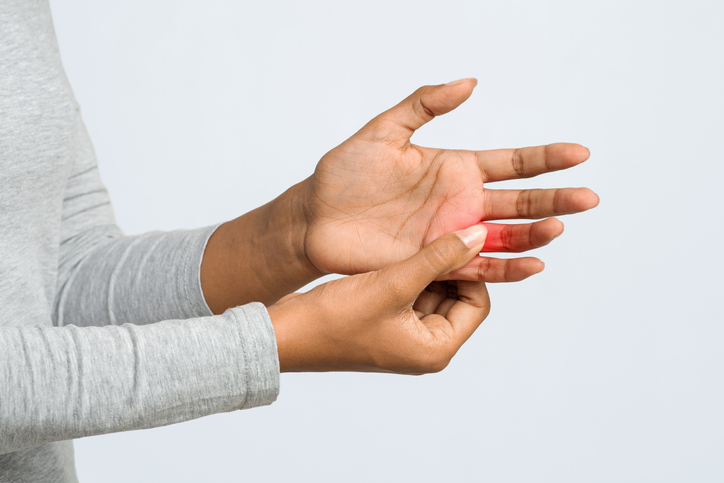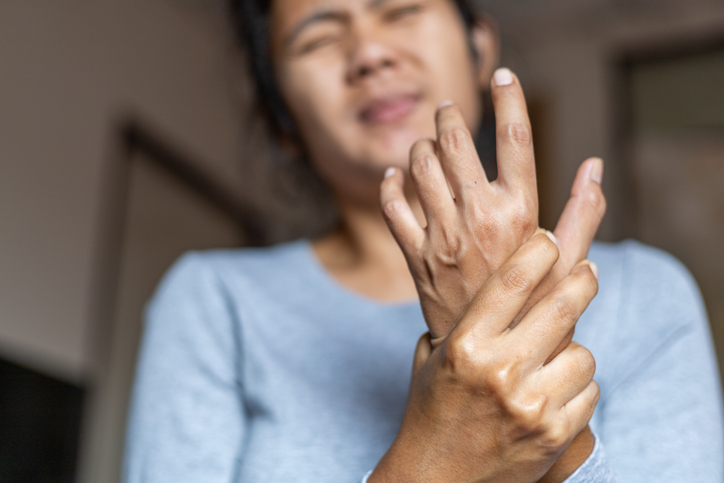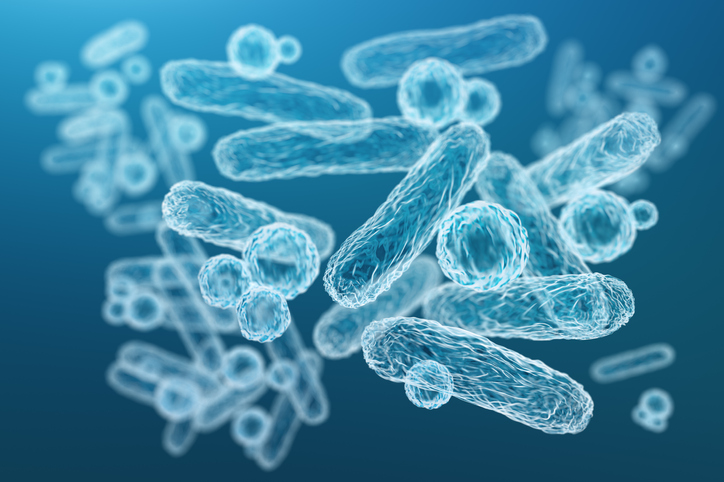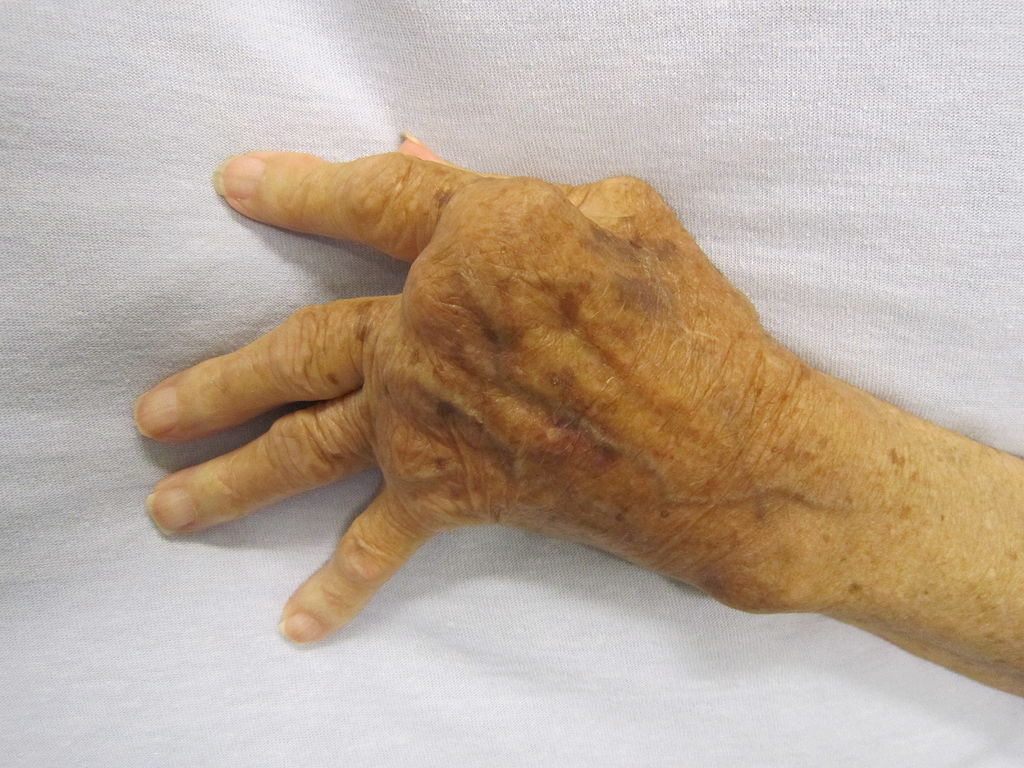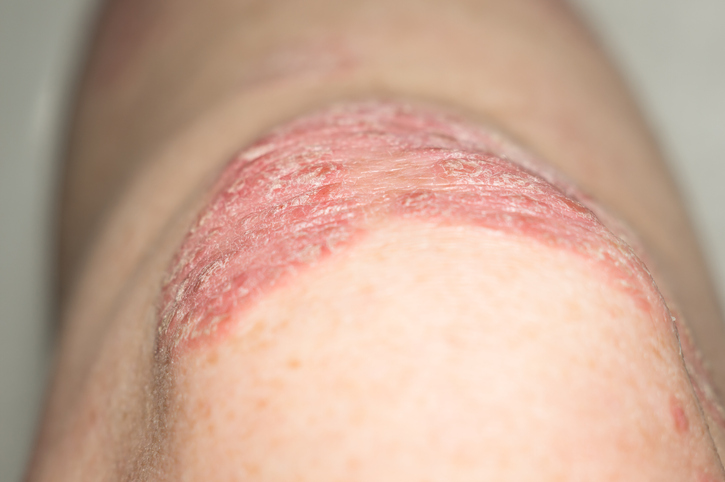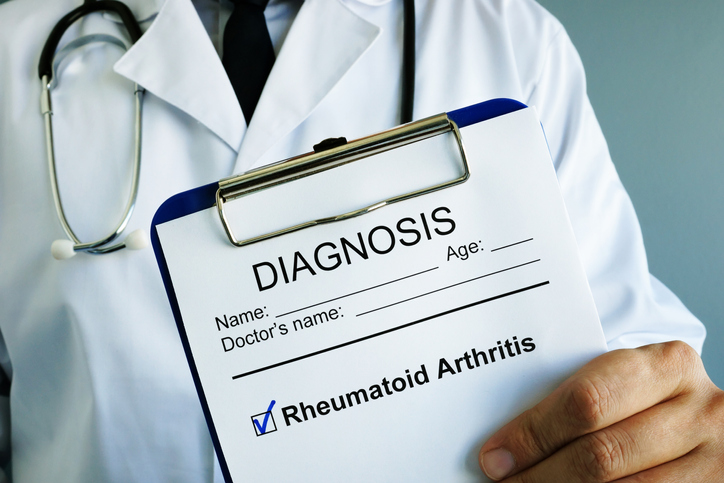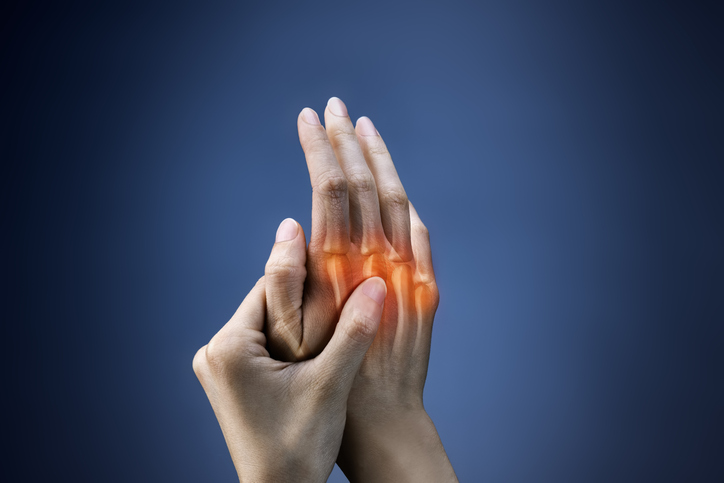Pain
What Is Juvenile Idiopathic Arthritis (JIA)?
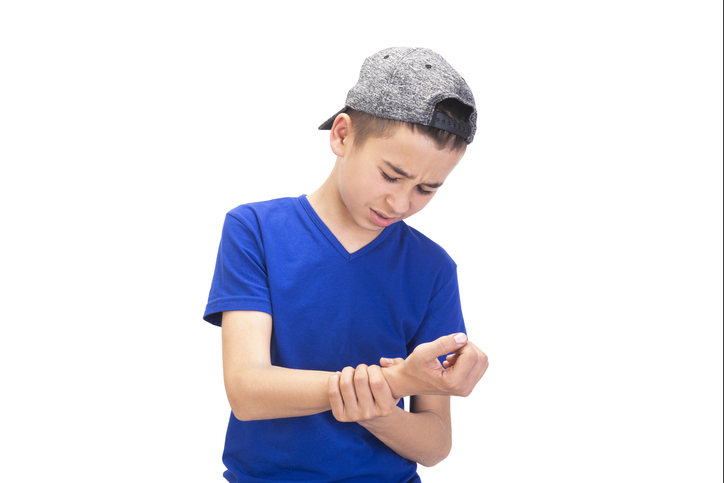
Juvenile idiopathic arthritis (JIA), formerly known as juvenile rheumatoid arthritis, is the most common type of arthritis in children 16 years or younger. It is an autoimmune disease in which the immune system mistakenly attacks healthy cells and tissues in one or more joints, causing pain, swelling, and stiffness. Unlike other forms of arthritis, a child with JIA can outgrow the condition, but bone development may be affected.
A diagnosis of juvenile idiopathic arthritis requires that the child be 16 years or younger with swelling and inflammation in at least one joint for no less than six weeks.
Types
There are six types of juvenile idiopathic arthritis:
- Oligoarthritis is the most common subtype. It typically involves less than five joints.
- Polyarthritis affects five or more joints.
- Systemic arthritis affects the entire body, including joints, skin and organs.
- Psoriatic arthritis combines a scaly rash (psoriasis) with joint pain.
- Enthesitis-related arthritis, or spondyloarthritis, affects where the muscles, ligaments or tendons attach to the bones.
- Undifferentiated arthritis is diagnosed when symptoms do not match up to a specific subtype.
Symptoms
Symptoms vary depending on the specific type of juvenile idiopathic arthritis. Pain and stiffness can affect one joint or multiple joints. Symptoms may come and go, with occasional flare-ups of more severe symptoms. Symptoms include, but are not limited to, the following:
- Pain, swelling or warmth in one or more joints
- Joint stiffness, especially in the morning or after a nap
- Eye redness, pain, or blurred vision
- Fatigue or irritability
- Decreased appetite, poor weight gain, or slow growth
- Weight loss
- Fever
- Swollen lymph nodes
- Rash
Causes
The term “idiopathic” is used when a medical condition occurs spontaneously or has an unknown cause. The exact cause of juvenile idiopathic arthritis is unknown, hence the use of “idiopathic.” Genetic factors, infections, or environmental factors (alone or in combination) may play a role. There is no evidence that foods, allergies, or a lack of vitamins causes the condition.
Risk factors
Juvenile idiopathic arthritis can affect children of all ages, races, and ethnic backgrounds. It affects approximately 300,000 children in the United States. Individuals with the HLA antigen DR4 may be more likely to develop the condition.




